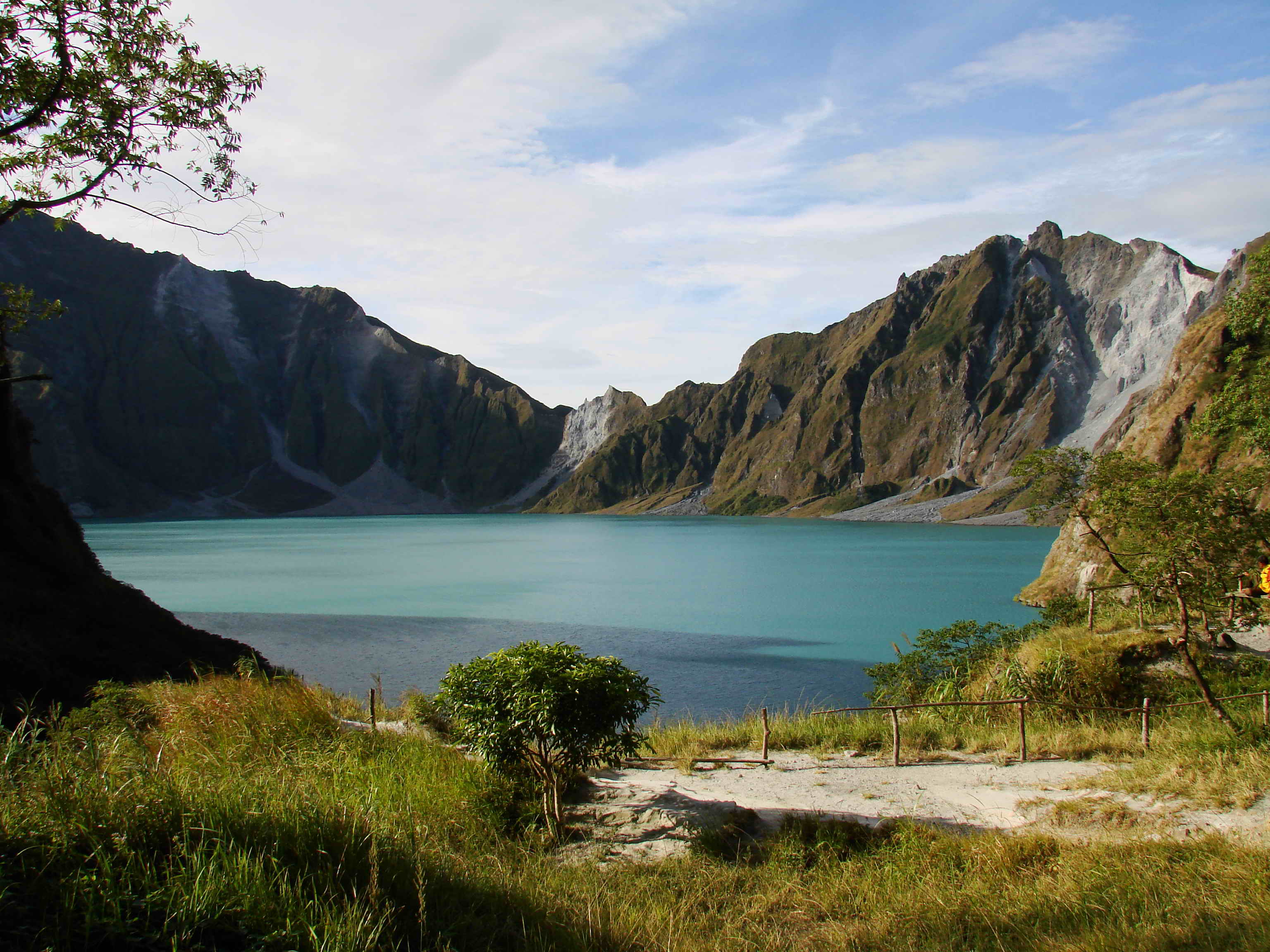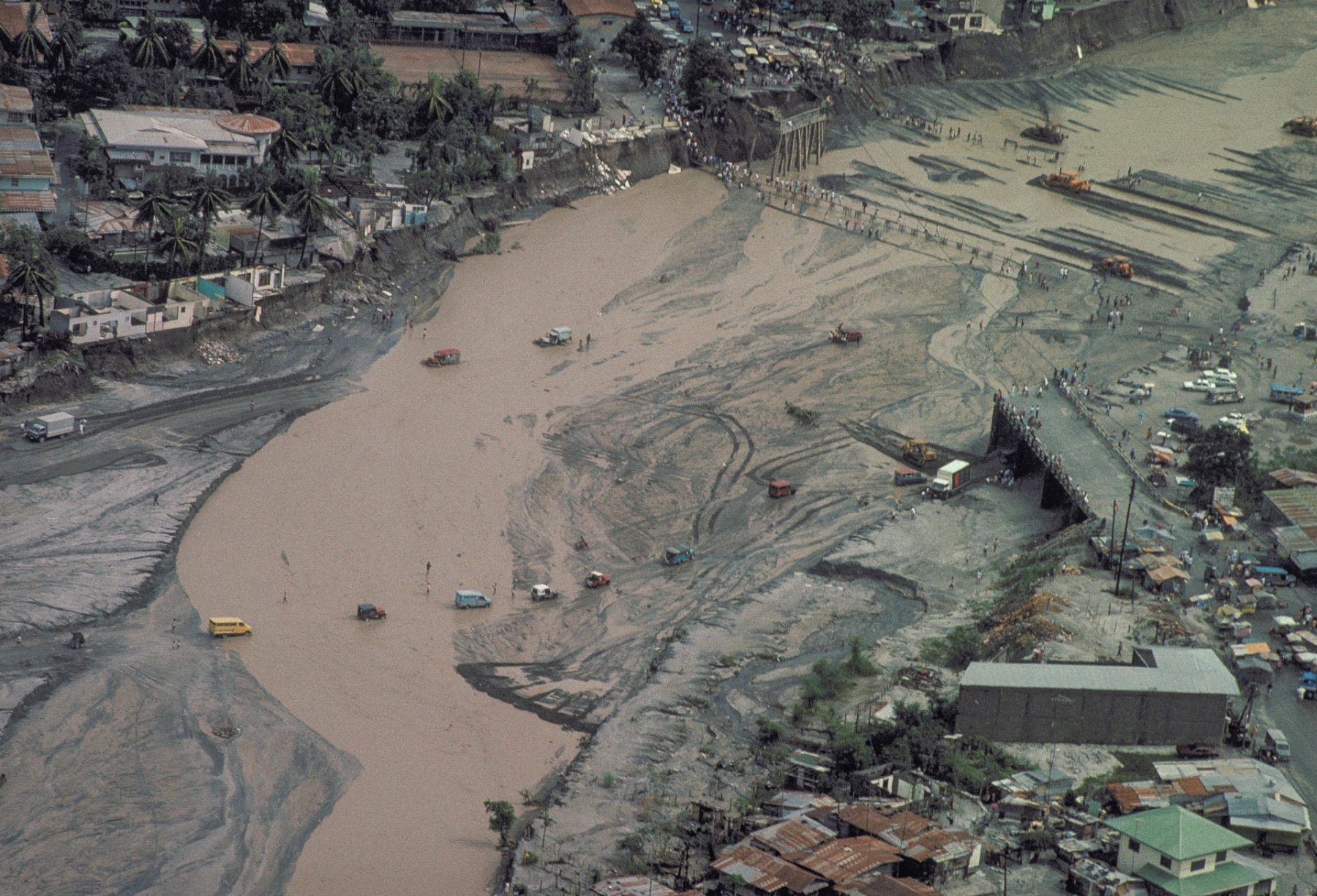
Humans are fabulous agents of geologic change. What do I mean by this? We reduce the height of mountains via mountaintop mining to obtain energy resources. We blast through a mountain to make a road cut, or tunnel. We make new lakes by building dams for hydroelectric power. Indeed, we humans are capable of changing the landscape or environment (or climate for that matter) at rates much faster than normal geologic processes.
However, geologic processes are capable of changing human history as well. Earthquakes have been so catastrophic that they force people to move from one location to another – for example, the 10th century earthquake in Brahmanabad (near Karachi), Pakistan. It is thought that survivors of this event left the ruins of Brahmanabad in favour of Mansura, a nearby town that was not destroyed.
Tsunamis, usually related to earthquakes, have also caused massive destruction that changed the way people think. The 2011 Tōhoku tsunami inundated the Fukushima Daiichi nuclear power plant, which experienced several meltdowns. The accident forced Japan to rethink its energy policy away from nuclear power schemes, and towards renewable energy. Volcanic eruptions, of course, have triggered changes in human history, sometimes in big ways.

1991 Pinatubo – Luzon, Philippines
Eruption
The onset of seismic activity in March 1991 heralded the awakening of Mount Pinatubo after approximately 500 years of dormancy. Unrest, including more earthquakes and elevated amounts of SO2 emissions, continued to increase until the climactic eruption on 15 June 1991. This event produced the second largest eruption of the 20th century, coming in at six on the volcanic explosivity index (VEI 6). During the most violent phase of the eruption, the ash plume rocketed up to 34 km into the sky. The ash cloud was very large (125,000 km2), blanketing the island of Luzon, and reaching as far as Vietnam, Malaysia, and Singapore! During the eruption pyroclastic flows and lahars were some of the main hazards. The catastrophic nature of these hazards was augmented when Typhoon Yunya (Typhoon Diding) struck the Philippines at the same time, bringing torrential rains.

Aftermath
Local
Too much of anything can be a dangerous thing. There was an abundance of ash after the eruption ended - on the rooftops and in the fields all over Luzon. Many buildings collapsed or suffered structural damage due to too much ash on the roofs. In fact, this eruption is the first time this hazard has been documented in detail. The ash continued to cause trouble over longer periods of time because every rainy season stirred it up and transported it in lahars. Lahars cause significant damage to agricultural areas, affecting the livelihood of farmers. Infrastructure was severely damaged to the tune of US$92,000,000. Overall, the Philippine economy was heavily affected by the eruption.
Global
How did the eruption change the way people think worldwide? Well, we volcanologists learned a lot when Pinatubo erupted. The Philippine Institute of Volcanology and Seismology (PHIVOLCS) had set up a monitoring network that measured earthquakes and the deformation of the volcano. Gas emissions from the summit were also measured. Because this network was set up before the eruption, the scientists at PHIVOLCS could see the volcano was getting more dangerous over time. As a result, they were able to convince the population to evacuate prior to the beginning of the eruption; only 847 deaths were reported, likely related to roof collapse. This eruption became a classic case study in how effective volcano monitoring can save lives.

Climate scientists learned a thing or two because of Pinatubo as well. Large eruptions, it turns out, can affect global climate with the injection of all that ash into the stratosphere (starting between 10 and 18 km in altitude). When this happened, the sulfate aerosols and ash acted like a large cloud and increased the earth’s reflectivity of solar radiation (i.e. albedo), reducing the amount of light that reached the earth’s surface. As a result, global temperatures decreased, temporarily, by about 0.4 °C.
The eruption of Pinatubo was remarkable for many reasons, not the least because we observed it. But how what about in the past? Stay tuned for the next post where we learn about the 13th century mystery eruption!